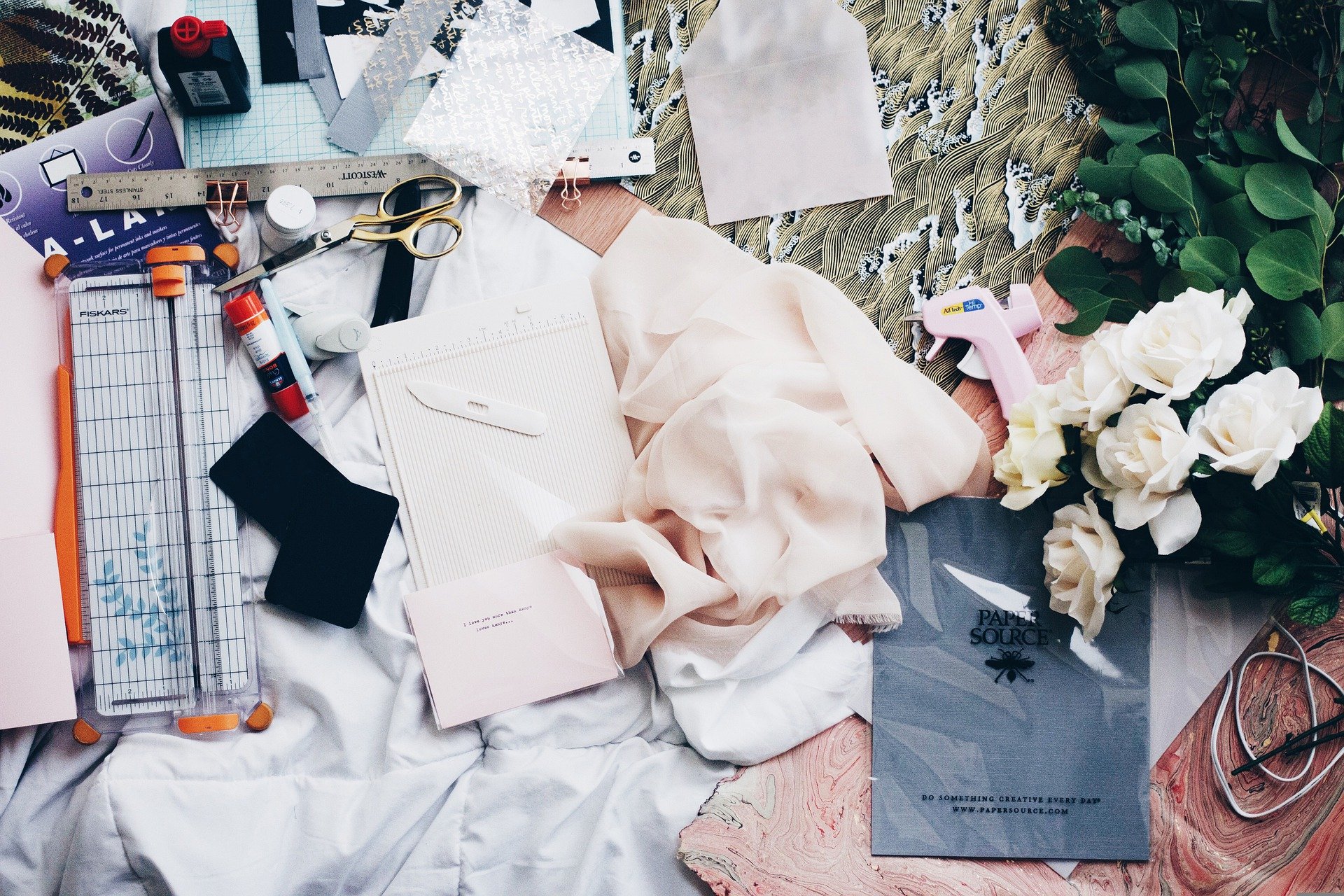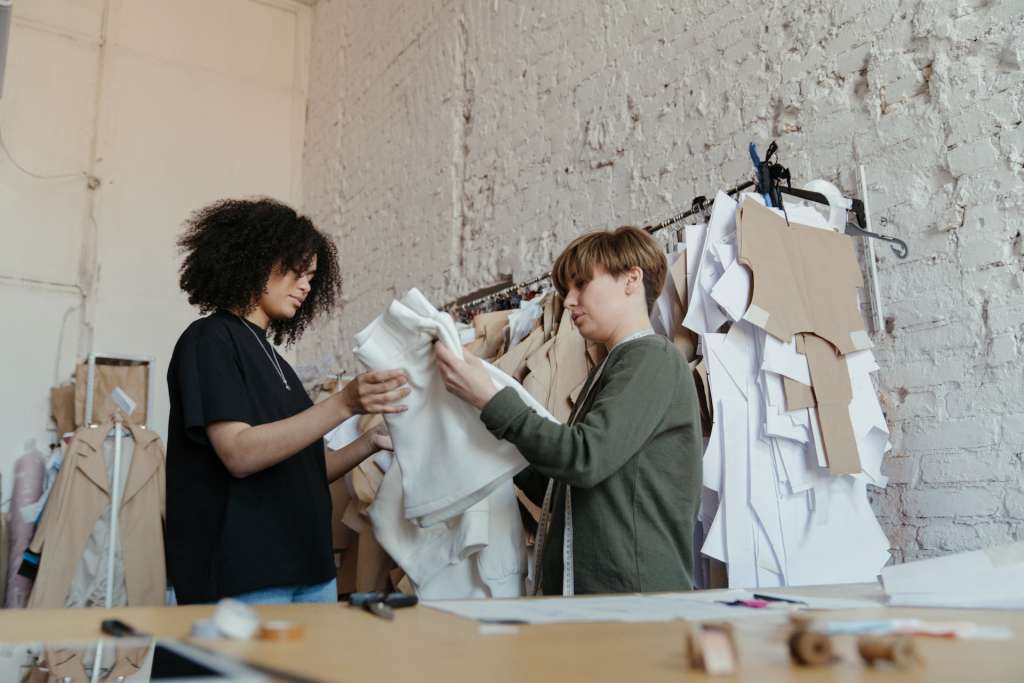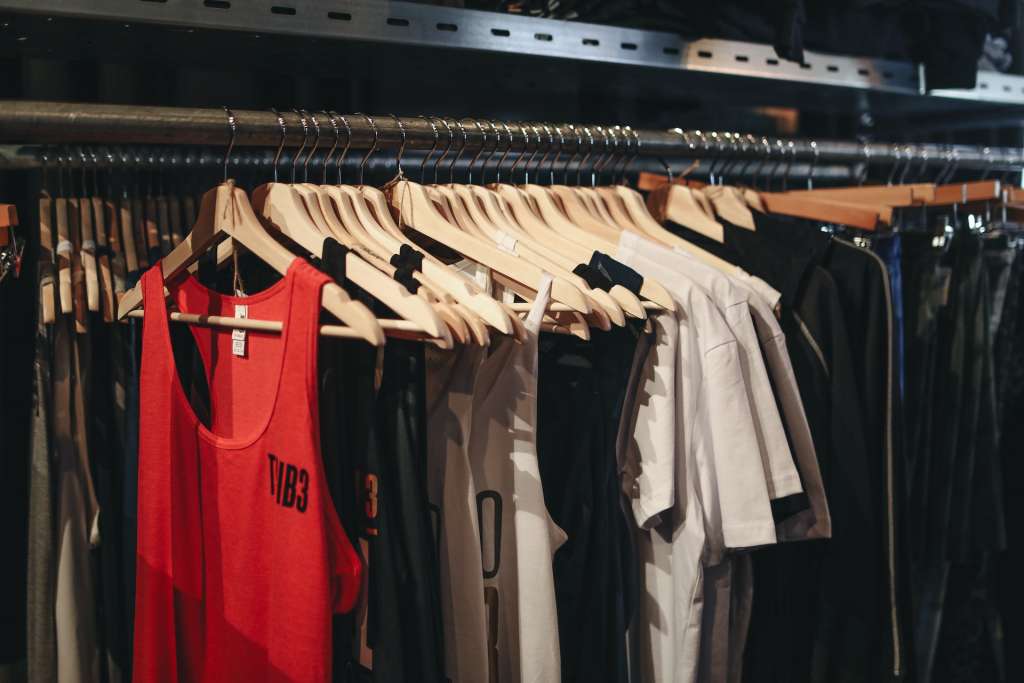Guide To Deadstock Fabrics: Advantages and Shortcomings



Deadstock fabrics are usually leftover fabrics or materials of mills, designers, and fashion brands. They are no longer used and occupy unnecessary space in the warehouse. Deadstock fabrics can be accumulated due to the discontinuation of a product line, damaged or low-quality materials, or purchase of materials in bulk.
Usually, companies return these excess materials to the suppliers. The suppliers might provide these fabrics to brands that order them in odd numbers. If the fabrics are unusable, they are most likely sent to landfills, where they are disposed of along with other waste materials. Inventory mismanagement requires even new and fresh materials to be sent to landfills. To avoid that, brands and clothing manufacturers could think of reusing them in one way or the other.
Many clothing manufacturers think that reusing deadstock fabrics can make them sustainable. Though it is an intelligent use of available resources and environment-friendly to some extent, the companies must adopt much broader strategies to be truly sustainable. In this article, learn more about the benefits and limitations of using deadstock fabrics.
Benefits of deadstock fabrics

Some of the key benefits of deadstock fabrics are as follows:
Eco-friendly
As already discussed, using deadstock fabrics is an eco-friendly move because it minimizes the wastage of fabrics. Also, it saves the energy and resources required to produce new materials.
Saves money
Small companies can find deadstock fabrics unused by designers of more prominent brands. These are quality fabrics that are available at a much cheaper cost. Moreover, they might be new and good enough to improve the overall quality of their designs.
Doubting the quality of the fabrics just because they are leftover isn’t an intelligent practice. Some of these fabrics are mostly dumped because the designers might not have found it suitable for their products. The deadstock fabrics can also be found in mills and at a jobbers place where they will be happy to sell them cheaply.
Small companies don’t need to worry about MOQ (Minimum Order Quantity) while ordering deadstock fabrics. Therefore, it allows them to fulfil the demands of their customers without investing much in raw materials.
Unique designs
Deadstock fabrics might not be available in a particular size or state. It can inspire designers to create some unique and motivating designs. Customers are always looking for fresh and unique designs. Therefore, small brands trying to establish themselves in the market can use these fabrics to target a specific audience niche that prefers funky and unusual clothes.
Limitations of deadstock fabrics

Here are some limitations of deadstock fabrics that brands and clothing manufacturers should be aware of:
Limited amount
Deadstock fabrics might not be available in huge quantities. Therefore, the brands must think wisely before using them. For example, a product made from leftover material can become popular due to its design and quality.
However, deadstock materials are not always available in the same methods and quality. Therefore, if their demand increases in the future, the manufacturers will not be able to fulfil them.
Source of materials
Generally, the manufacturer cannot access the exact details from which the deadstock fabrics are made. They might be caused by using chemicals and textiles that are not eco-friendly. Therefore, eco-friendly brands must think before using such materials.
Companies may use deadstock fabrics to produce synthetic fibers like polyester, which are not eco-friendly.
Planning the production is necessary
Deadstock fabrics cannot be planned for bulk production as they are limited in quantity. Moreover, manufacturers must plan their production carefully to avoid misuse of available materials. Furthermore, they cannot scale up their production freely due to the limited availability of fabrics.
Discarded trends
Deadstock fabrics might contain designs or prints discarded by the market. Therefore, using them to impress buyers can be risky for a clothing line.
Technicals flaws
Fabrics end up being unused because of quality issues. They might be uniform in thickness or length or unsuitable for designing durable clothes. Therefore, manufacturers should check the technical aspects of the deadstock fabrics before incorporating them into their designs.
Searching for the fabrics' flaws could result in wasting time and expertise. Despite these shortcomings, some brands have used deadstock fabrics to create fashionable apparel in the market. These brands have carved out a niche using leftover materials from mills and designers. Here are the popular brands that use deadstock fabrics for their offerings:
- Patagonia Patagonia is an industry leader when it comes to reusing discarded fabrics. They are also among the first companies that embraced sustainable methods in producing fashionable clothes.
- Looptworks Looptworks is based in Oregon and is one of the few brands that use fabrics usually dumped in landfills. They also introduce fresh, eco-friendly, and trendy designs in the market. Their clothes are limited edition because of the variability of the deadstock fabrics in the market.
- ReformationAs its name suggests, this Los Angeles-based brand focuses on sourcing deadstock fabrics made from eco-friendly materials. Designing repurposed vintage apparel is their expertise, and as per their website, around 15% of their products are designed from vintage clothes and deadstock fabrics.
What should brands do?

The numerous benefits and limitations of deadstock fabrics can easily confuse a clothing line regarding whether to use it or not. Using deadstock fabrics is a good decision if the brands get them from trusted sources. For example, it is better to get deadstock fabrics from designers than mills because designers usually don’t discard the fabrics due to quality issues. Instead, they stop using a material because of the demand reduction or because they want to introduce new designs in the market.
Also, brands must understand that using deadstock fabrics may not reduce the environmental impact. Therefore, they must also find other ways to make their brand sustainable and eco-friendly. For example, small companies can get deadstock fabrics to revamp their designs or to manage their odd lot demands. However, they must scrutinize these fabrics before investing in them.
Finally, they must find suppliers and mills that can provide them with leftover fabrics. Deadstock fabrics are usually traded through offline ways. However, with the rise of online B2B platforms, brands can look for manufacturers and suppliers comfortable working with deadstock fabrics.
Fashinza is one of the best online platforms for finding sustainable fabrics. This tech-enabled platform matches brands with suppliers according to their requirements. Startups can connect with industry experts to get insights into the manufacturing process. Moreover, this site allows brands to maintain a fast and flexible supply chain by connecting with experienced manufacturers and suppliers. Check Fashinza today and understand how it can help to grow your business!



















